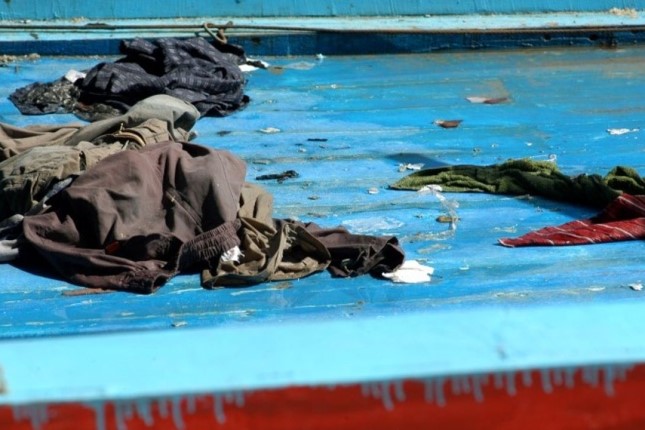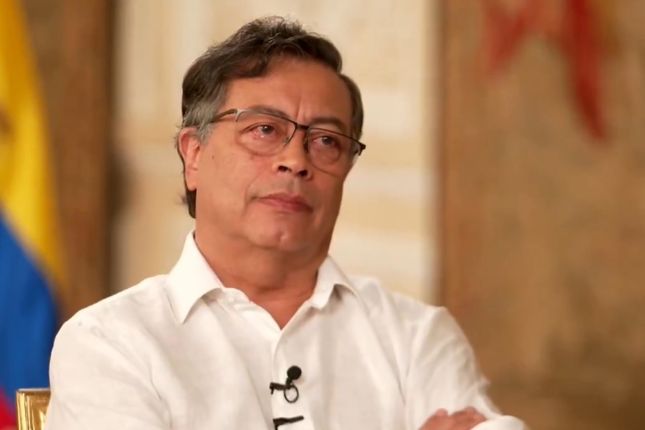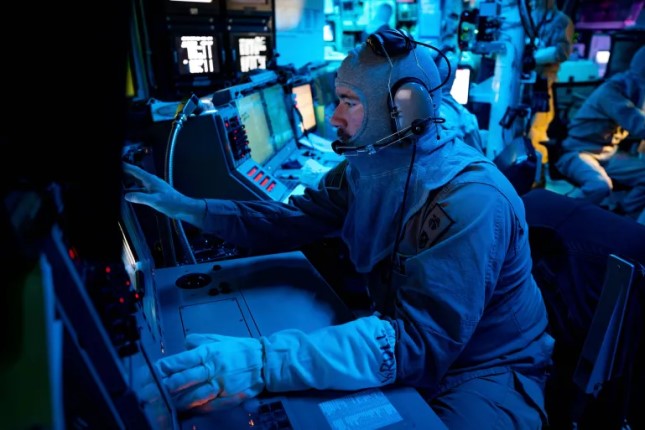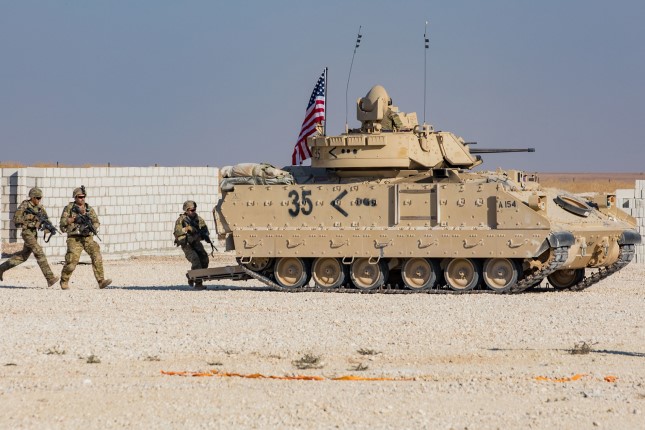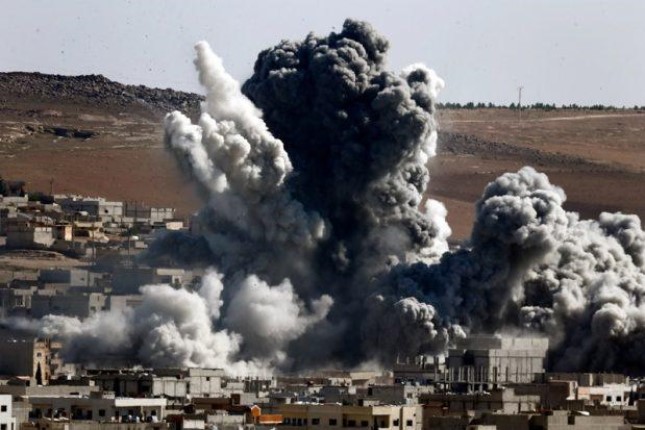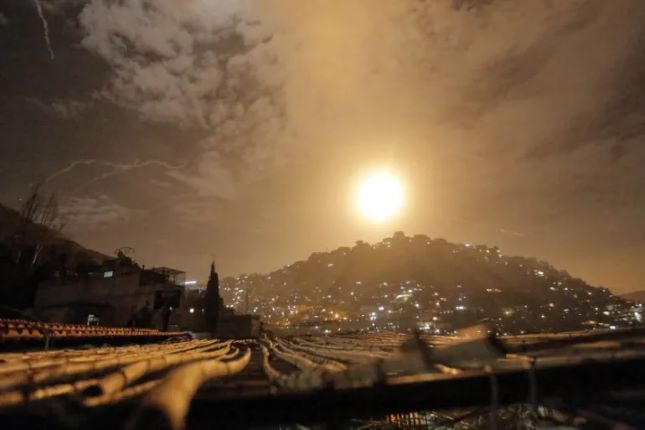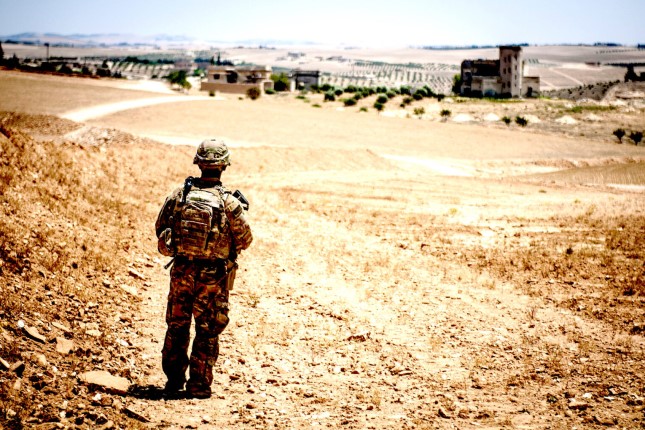A search has so far been unsuccessful. As a result of this new horror, the official number of refugees who have drowned in the Mediterranean and Atlantic while attempting to reach European Union (EU) countries this year has risen to more than 2,000, and the actual death toll is undoubtedly much higher.
The responsibility for this mass death lies entirely with the EU leaders: in their refugee deterrence, they have no compunction about allowing people to drown to prevent others from fleeing to Europe.
Dozens if not hundreds of refugees who set out on the dangerous sea passage but don’t reach their destination are added to the registry of the dead each week.
A spokesman for the Spanish refugee aid organization Caminando Fronteras (Walking Borders) reported that two boats, each carrying around 60 refugees, left Senegal on June 23. Following that, an even larger boat with 200 refugees on board, including many children, ventured on the more than 1,700 kilometer-long route to the Canary Islands from the Senegalese coastal village of Kafountine on June 27. Caminando Fronteras fears “another catastrophe.”
Family members of the refugees informed the aid organization after contact with the boats was lost. A search initiated by the Spanish Maritime Rescue has so far been unsuccessful. The rescuers found a boat with 78 refugees on board last Monday, but according to Caminando Fronteras, it is not one of the three missing boats. Reports that the 200 refugees were found on Monday also turned out to be false.
According to the Senegalese Ministry of Foreign Affairs, the 260 refugees rescued from distress in Moroccan waters between June 28 and July 9 are also passengers from other boats, not the missing ones.
The search for the refugees sheds light on one of the deadliest sea routes in the world. The EU’s brutal closed-border policy forces refugees to choose longer and more dangerous routes to escape war and misery. The Canary Islands, a Spanish autonomous community and archipelago, are only 100 nautical miles from the Moroccan coast. However, many refugee boats depart further south from Senegal, Gambia or Guinea.
The crossings take between one and ten days depending on the length of the route. An EU report on the West African route asserts: “Usually, after only a few days, migrants face significant problems such as food, water and fuel shortages.” Nevertheless, the EU has drastically reduced sea rescue efforts in this region, as well as in the central Mediterranean.
The Spanish government recognized Morocco as the administrative power of Western Sahara in early 2022, and has since shifted responsibility for sea rescue missions to the Moroccan coast guard. However, it is far less well equipped and takes far more time than its Spanish counterpart to reach the people in distress at sea.
At the end of June, an inflatable boat that had left Dakhla in Western Sahara with 60 refugees on board was in distress at sea. After a Spanish reconnaissance plane spotted the stranded boat, it took more than twelve hours for a Moroccan coast guard patrol boat to arrive at the scene of the accident. Only 24 people were rescued.
“The people in this inflatable boat were hoping to be rescued in Spanish waters for more than twelve hours in vain,” Helena Maleno Garzon, founder of Caminando Fronteras, said in a social media post.
The aid organization Alarm Phone, which accepts and forwards emergency calls from refugees in distress at sea, also strongly criticized the expansion of the Moroccan area of responsibility for sea rescue. “This is very worrying, because the Moroccan authorities have repeatedly shown an unwillingness to carry out a safe and rapid rescue–often at the expense of human lives,” a September 2022 report said. In addition, Morocco does not send rescue boats, but warships, and deports the apprehended refugees to the countries from which they fled.
Four refugees die every day in the Atlantic
On the route to the Canary Islands alone, according to Caminando Fronteras, 778 refugees have drowned in 28 boat accidents in the first six months of this year. And this figure does not include the 300 missing refugees. Every day, more than four people die in the Atlantic. Between 2020 and 2022, more than 7,500 refugees drowned on their way to the Canary Islands. With the total number of registered arrivals being 60,000, the death rate is more than 10 percent.
Caminando Fronteras' figures significantly exceed those of the International Organization for Migration's (IOM) Missing Migrants Project, as it also includes information from family members who are missing their relatives. The IOM, which has so far registered “only” 200 drowned refugees on the Atlantic route for this year and cites official figures, itself says that it is “a cautious estimate” and that the actual number of victims is far higher.
Last Wednesday, eight bodies were recovered from a wooden boat off the coast of Senegal, while 155 refugees were rescued in the incident. A few days earlier, a boat with 57 refugees on board capsized, of whom only 50 could be rescued. At the beginning of July, 51 refugees, including three children, perished trying to cross from southern Morocco to the Canary Islands. Motor damage caused the inflatable boat to drift in the Atlantic for more than a week. Rescuers found only four survivors.
Mehdi Lahlou, migration expert at the National Institute of Statistics and Applied Economy in Morocco, told Deutsche Welle: “Due to increased controls in northern Morocco, Libya and Tunisia, migrants from the countries of northwest Africa are increasingly choosing the route via the Canary Islands.” In view of the risks of the crossing, however, professional and coordinated sea rescue is absolutely necessary. In fact, rescue missions are launched much too late, poorly coordinated and poorly equipped. Caminando Fronteras therefore insists that both the Spanish and Moroccan authorities “instead of defending the right to life are guided only by the geopolitical interest of controlling and limiting immigration.”
EU agreement with Tunisia
The EU is deliberately shifting the responsibility for sea rescue to the countries from which the refugee boats leave. This policy prevents refugees rescued at sea from having to be brought to European ports, and thereby accepts the deaths of thousands of refugees. In recent years, the EU has intensified cooperation with the Libyan government and Libyan warlords, resulting in refugees being detained, mistreated and sold as slaves in Libyan detention camps under horrendous conditions.
Most recently, the EU reached an agreement with the Tunisian government on refugee deterrence. This was preceded by high-level visits by EU Commission President Ursula von der Leyen together with Italy's fascist Prime Minister Giorgia Meloni and Dutch Prime Minister Mark Rutte, as well as a visit by German Chancellor Olaf Scholz together with French President Emmanuel Macron.
They met with Tunisian President Kais Saied, who only a short time prior was being criticised by the EU Parliament for human rights violations and his authoritarian style of government. The EU has pledged at least €100 million [$US112 million] to Saied for refugee deterrence and intends to deliver boats and other equipment.
Immediately following the visits, the Tunisian authorities began fulfilling their assigned role as the guard dog of Europe’s external borders with brutality and ruthlessness. Hundreds of refugees in the Tunisian port city of Sfax were transported in buses and deposited in the Tunisian-Libyan or Tunisian-Algerian border area without any supplies. An eyewitness told AFP that two convoys of refugees had been brought to the border region. Youssouf Bilayer, a 25-year-old Ivorian, reported that the refugees were “transported in six buses and dropped off in the forest. They beat us up to get us out of the vehicle.”
The human rights organization Human Rights Watch (HRW) estimates that there are many children among the hundreds of such displaced refugees. If they don't get help as soon as possible, their lives will be in serious danger. According to HRW, several people have already died. A heavily pregnant woman from Guinea died when her contractions started as a result of the stress, and her baby also died with her.
Mamadou, who had fled Gambia, spoke to AFP on the phone. “If you can send the Red Cross, help us–otherwise we will die. There's nothing here. There is no food, no water.” The next day Mamadou was no longer available. According to HRW, the Tunisian security forces are systematically destroying the refugees’ mobile phones. The region is also extremely remote and militarized, making aid operations next to impossible. The Tunisian government is using this inhumane and murderous approach to obtain much-needed loans and financial aid from the EU.
Source: World Socialist Web Site.
